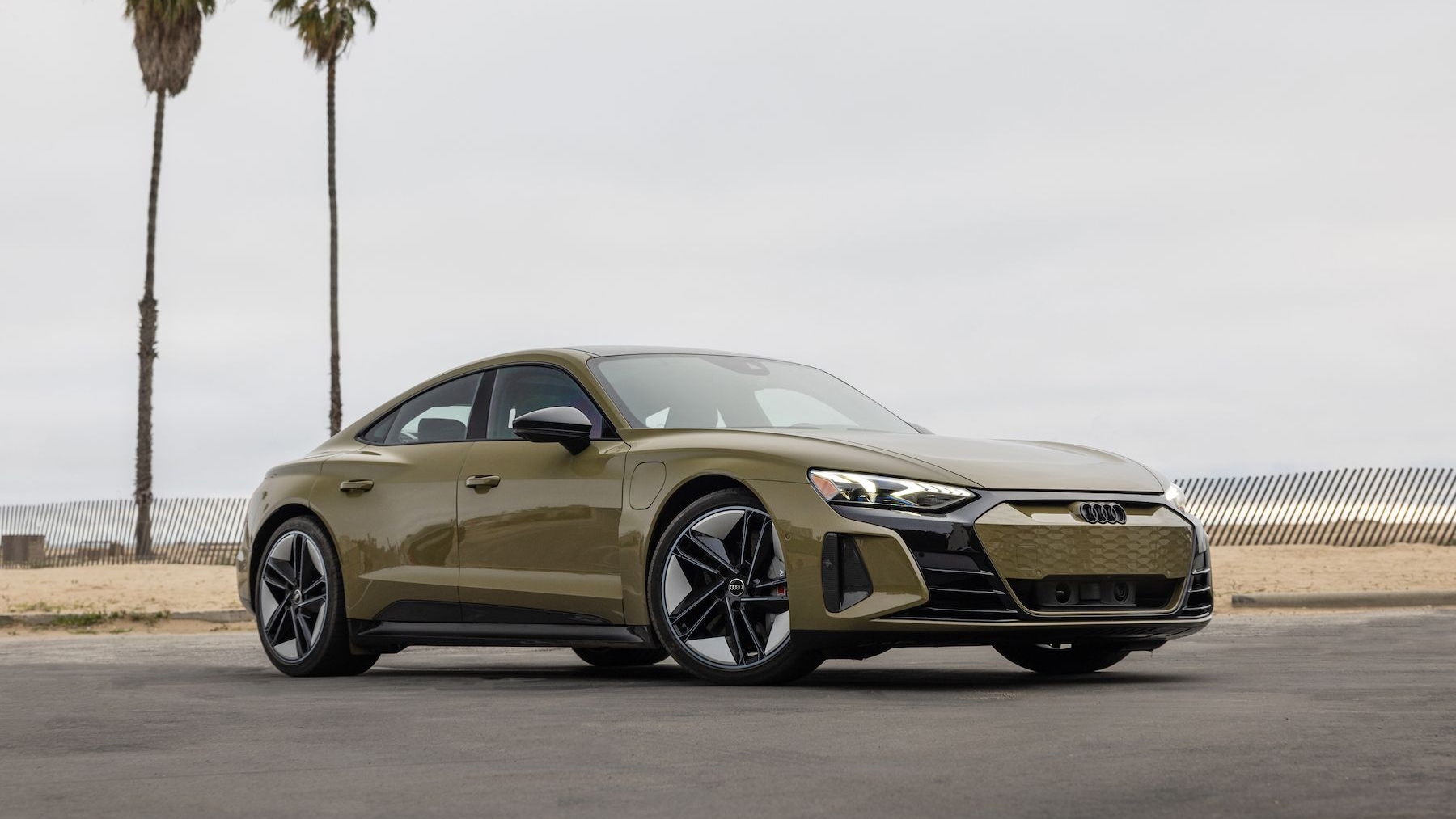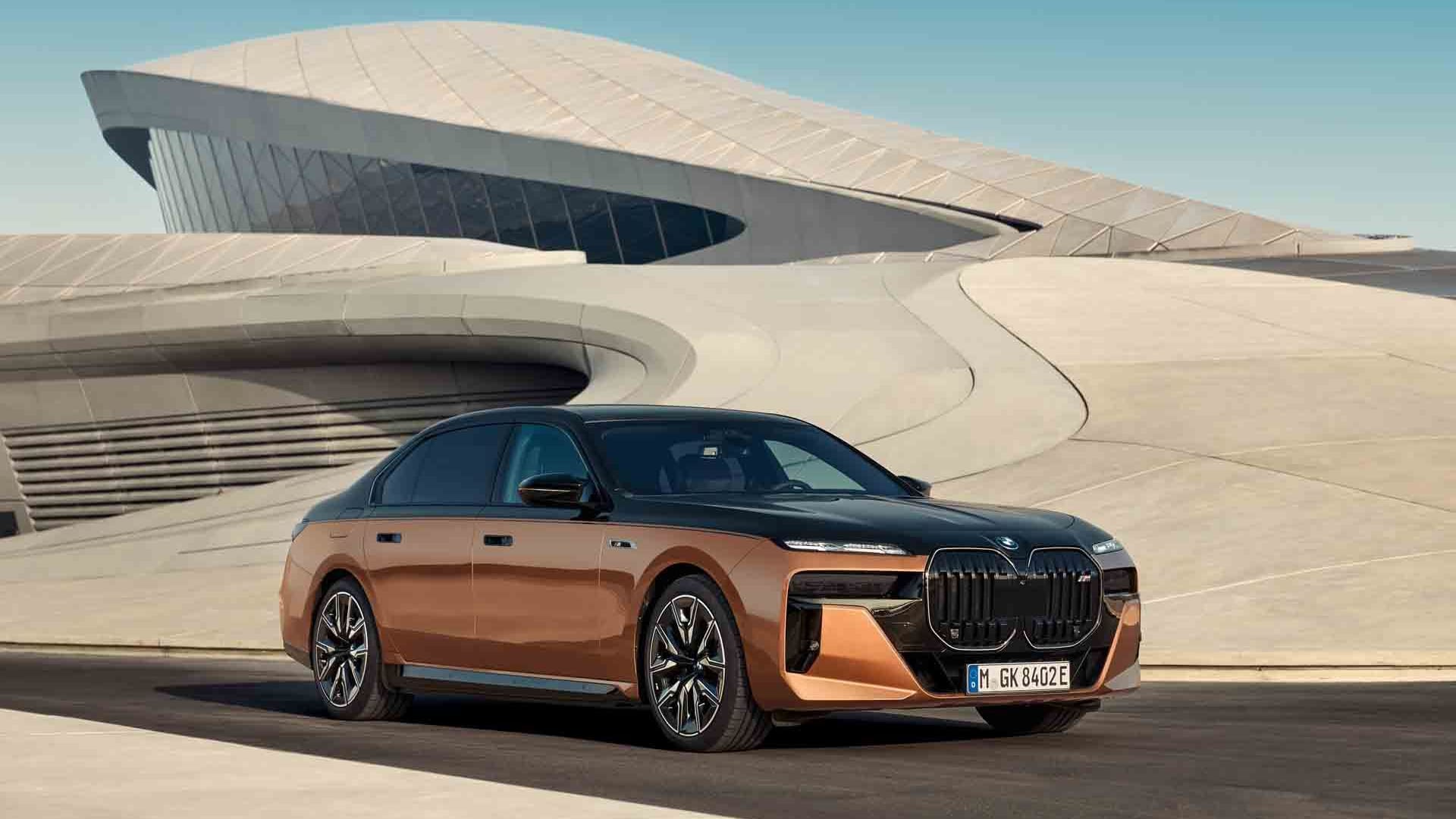The Tesla Model S has consistently ranked at the top of independent crash tests since its debut earlier this decade, leading to its reputation as one of the safest cars in production.
However, the Insurance Institute for Highway Safety only gave the electric sedan an “Acceptable” rating in 2016 for its small overlap front crash test. The tough test simulates an offset frontal collision at 40 mph, a scenario the IIHS says is responsible for roughly 25 percent of deaths and injuries in frontal collisions.
In the 2016 test, the IIHS said the Model S ran into problems when the seat belt allowed the driver’s torso to move too far forward. That allowed the driver’s head to hit the steering wheel hard through the airbag.
Tesla responded by altering the seat belt on Model S sedans built from January 2017. Unfortunately for Tesla, the alterations made haven't been sufficient as the IIHS’s latest round of testing has produced the same result, thus the Model S’s rating in this test remains as Acceptable, one off from the top rating of “Good.”
Furthermore, the 2017 test resulted in greater intrusion into the driver’s space compared to the 2016 test, even though the structure of the Model S was unchanged. Due to this greater intrusion, the 2017 test produced an Acceptable rating for structural integrity while the 2016 test produced a Good rating.

2017 Tesla Model S
And finally, the IIHS gave the Model S a “Poor” rating for its headlights.
Other large sedans that scored top marks in the IIHS's latest round of testing were the latest versions of the Lincoln Continental, Mercedes-Benz E-Class and Toyota Avalon.
Oddly, Tesla has responded by criticizing the IIHS and highlighting that the Model S has scored top marks in the National Highway Traffic Safety Administration’s tests.
“While IIHS and dozens of other private industry groups around the world have methods and motivations that suit their own subjective purposes, the most objective and accurate independent testing of vehicle safety is currently done by the U.S. government which found Model S and Model X to be the two cars with the lowest probability of injury of any cars that it has ever tested, making them the safest cars in history,” Tesla told Business Insider.
It should be noted that the NHTSA doesn’t actually perform the small overlap front crash test in its own testing.



